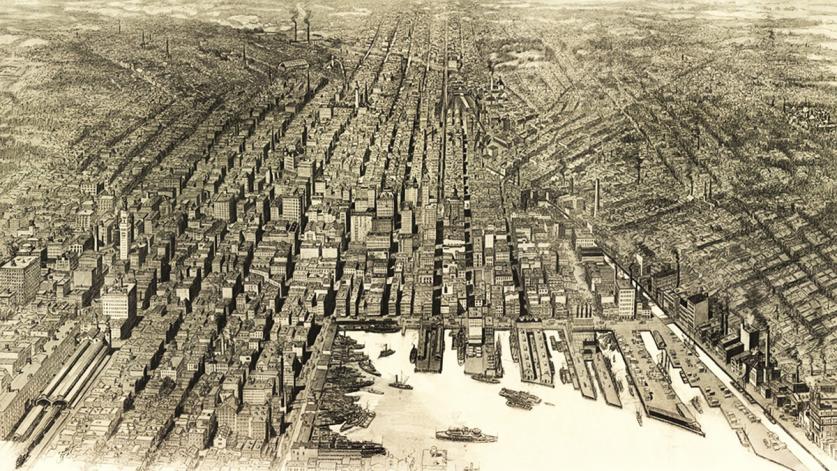Baltimore history focuses on the city’s growth and development. Its population peaked at 950,000 in 1950 and was a major industrial center during the Civil War. During the 20th century, Baltimore became a popular convention and tourist destination. A major fire in 1904 ravaged the city, but the city rebounded quickly. By World War I, steelworks and oil refineries were built in the city. It also gained an intellectual aura due to H.L. Mencken, a well-known essayist and editor of the Sun newspaper. Baltimore underwent a period of urban decay after World War II, but major renovations were carried out in the waterfront.
Baltimore’s population peaked at 950,000 in 1950
Although Baltimore’s population peaked at 950,000 people in 1950, the city has suffered a decline in recent decades. In fact, Baltimore’s population has decreased by almost a third since then. The disparity between the haves and have-nots is vast. A map of Baltimore’s neighborhoods reveals a city that is no longer the same as it was in the 1950s.
It was a major industrial centre during the Civil War
While the North was losing the war, the South was growing and becoming more industrial. In the decades leading up to the Civil War, the Southern states underwent incredible change, which would determine their role in American history for decades to come. Their economy was based on cotton, which was imported by the North and funded by markets and manufactories in Europe. As a result, these Southern cities became the headquarters of some of the nation’s biggest commodities. During this time, the South also opened its arms to the world, welcoming new immigrants and industries to the region.
It was a tourist and convention destination
During the early 1900s, Baltimore was one of the country’s premier convention and tourist destinations. It was also the site of national political conventions. By the end of the century, the city was home to nearly half a million visitors every year. With an expanding convention center, Baltimore hopes to revive its once burgeoning tourism industry.

It was a border city
Baltimore was a border city, and its border status proved to be a key factor in its survival during the American Civil War. Its location on the Mason-Dixon Line made it a crucial base for Union forces throughout the war, despite being under siege by a mob. Despite the violence, the city remained a safe haven and many Southerners migrated there after the war.
It was a port
During the Colonial period, the Port of Baltimore was a busy center for trade with Britain. It began as a tobacco port and soon expanded to other commodities. Trade with China and Europe followed, and by the late eighteenth century, Baltimore was a hub for trade with both Europe and South America. Later, it became a center for shipping cotton, grain, steel, and pig iron.
It was a city of firsts
There was a flurry of activity in the city’s history in the 18th century. Baltimore was home to the first US Navy ship, the John Carroll, built in 1797. The city was a popular starting point for travelers from the Northeast to the Midwest, and it had a thriving harbor. The city was also home to the first railroad station in the United States. In 1830, the Baltimore and Ohio Railroad built the city’s first railroad station. The city was also home to the first passenger train, the Peter Cooper, operating from Baltimore to Ellicot Mills. In the 1830s, Samuel Morse also built the first telegraph line between Baltimore and Washington, D.C.
It had a drug problem in the 1960s
The drug trade was a growing problem in Baltimore in the 1960s. In the early 1960s, gang members like Bobby Wilcoxson were among the most wanted fugitives. He and his partner Albert Nussbaum had robbed eight Baltimore banks and gathered an arsenal of weapons. They also killed a bank guard and set off a few bombs in the nation’s capital. In addition, Baltimore police were taking on draft dodgers and civil rights violators and kidnappers.